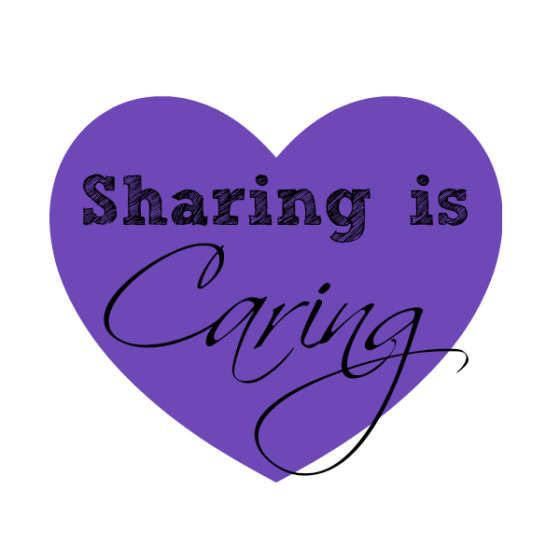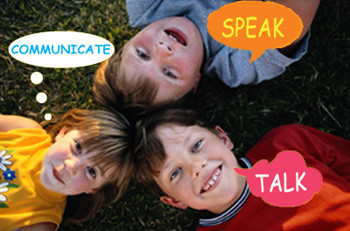Some kids have chores, some kids don’t. Some kids get allowances, some kids don’t.
Some kids get handed $20 to go to the movies. Others get only enough to pay for the ticket and have to pocket snacks from home.
All these things take place in the same neighborhood within the same group of friends. Is it any surprise kids get confused about the true value of money?
Teaching kids money must be earned by someone somewhere isn’t the only lesson kids need to become financially skilled. Kids need to understand
- how money is spent,
- why it’s spent the way it is and
- how they can be responsible with it.
These can be difficult lessons to instill, but there are a few simple ways to get started.
Saving Money
We like to say money burns a hole in most kids’ pockets. The truth is kids aren’t that much different than adults.
How many grown-ups do you know who rush to get the latest technological gadget the day it comes out, despite it being the highest price it will ever be or buy a car with a slightly higher monthly payment than they can afford?
Saving is difficult for most people.
While young children will not be able to grasp the concept of interest, they can grasp the concept of saving as young as the age of four, said financial expert Susan Beachman, founder and CEO of Money Savvy Generation. A company that teaches money management basics to elementary school-aged children.
Most children can also grasp the concept of “more.” You can test this theory by offering a kid one or two cookies. Or try this: Offer your kid $1 for a chore to spend now or $1.50 for a chore with half of it to spend now and half of it to put in a jar to save for something he or she really wants.
Label the jar so your kid remembers what he or she is working toward, and let them know you are proud when they make the decision to put some of the money into savings.
This same method can be applied toward general lifestyle savings. Instead of telling your kid to turn off the light or TV when they leave a room, look at energysavings.com together to show him or her energy costs money and you can save money if you use energy wisely.
Show your kid a utility bill and set a challenge to use as little energy as possible over the next month. If your kid can help make the bill go down, give them half the savings as a prize.
Spending Money
As adults, we understand how much spending and saving are interconnected, which is why financial experts recommend budgeting for young adults who are new to being on their own so they can see how saving in one area leaves more money for other areas.
For kids, this is a more difficult concept. Save yourself some trouble and don’t try to convince your kids not to spend their money. Instead, teach them to spend it wisely.
Instead of going straight to the toy store, go to the dollar store, to the grocery store toy aisle and then to the toy store. Show them many shops sell the same things but at different prices.
Always start out in the clearance or sale section, so they see they can often find something just as satisfying at a discount. Your kid may be foaming at the mouth for that skateboard, but if he understands he can get the skateboard and a game for the same price as the skateboard if he goes to the right place, he’ll be more willing to keep his eyes open for deals.
Sharing Money
Nearly every kid who gets only the cost of a movie ticket when her friend gets $20 will feel cheated, and she won’t care about salaries, expenses or a family’s entertainment budget.
Teach your kid a gentle lesson in reality. There are many kids just like her who don’t have the money to go to the movies at all.
Start a family sharing jar, and let her see you put your own money into the jar when you have a little extra. Get her to start small, just putting her pennies in the jar or her change from buying lunch at school.
Then, choose what to do with the money together. Get an angel off the Salvation Army Angel Tree at Christmas or donate the money to a charity your kid helps pick.
Like many adults, kids have difficulty with the notions of bargain-shopping, saving or giving when money is available and belongs to them. It may take some time, but they will eventually understand saving means more money in the end, spending wisely means they can buy more things and even when it feels like they don’t have as much, they have more than many people in the world.
While these three lessons are not a complete financial education, they provide a good foundation in younger kids for future discussions on money-management.








